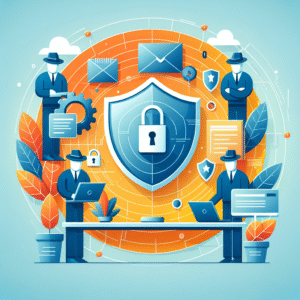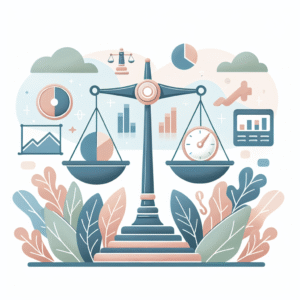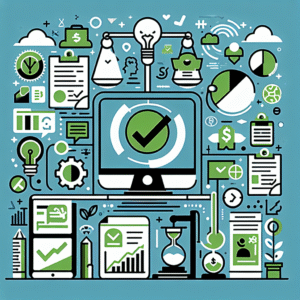The technological revolution has never been so quiet, yet so pervasive. We are at the dawn of a new digital age, an age in which every object, from the refrigerator to the thermostat, is connected to the Internet and contributes to a huge global network of data and information. This is the Internet of Things (IoT), a world in which technology is no longer an accessory, but an infrastructure integrated into our daily lives.
IoT is changing the way we live, work, and interact with the world. IoT devices collect and analyze data in real time, allowing us to monitor and control our surroundings more efficiently. Think of smart thermostats that learn our habits and adjust the temperature of our homes based on our behaviors, or irrigation systems that adapt to current weather conditions to save water. These are just a few examples of how IoT can improve our quality of life.
But IoT is not just about convenience. By analyzing data, companies can optimize production processes, improve energy efficiency, and reduce costs. In addition, IoT can have a significant impact on environmental sustainability. Smart cities are already using IoT to monitor and manage resources more sustainably, for example through smart waste management or adaptive street lighting.
Despite its many benefits, IoT also presents challenges. Security is perhaps the biggest concern. With billions of connected devices, the attack surface for cybercriminals is dramatically expanding. Businesses and governments must invest in robust security measures to protect sensitive data and prevent attacks.
Furthermore, interoperability between different IoT devices remains a challenge. Many IoT devices use different communication protocols, making it difficult to integrate them into a single system. However, standardization is ongoing and we expect to see further convergence in the coming years.
Despite these challenges, IoT continues to develop at an impressive pace. According to a recent Gartner report, there will be more than 75 billion connected IoT devices worldwide by 2025. And with the arrival of 5G, which promises faster connection speeds and reduced latency, IoT adoption is set to accelerate even further.
Over the past year, the COVID-19 pandemic has given IoT a further boost. IoT devices have been instrumental in tracking the spread of the virus, providing remote healthcare, and facilitating work and learning from home. IoT is also playing a crucial role in the cold chain for vaccine distribution, ensuring that doses are kept at the right temperature during transport.
The IoT revolution is here to stay. Not only will it change the way we live and work, it will have a profound impact on industries such as energy, healthcare, manufacturing, and transportation. But as with any new technology, we must be ready to navigate the challenges and capitalize on the opportunities.
In an increasingly connected world, IoT is no longer an option, it is an imperative. We must continue to innovate, adapt and learn. Only then can we fully harness the potential of this silent revolution and create a smarter, more efficient and sustainable future.







